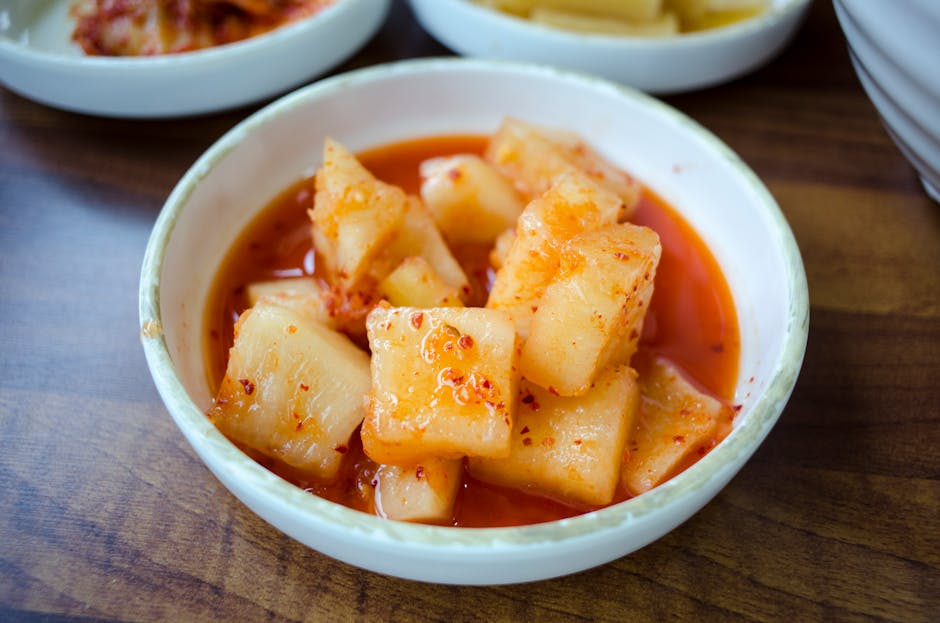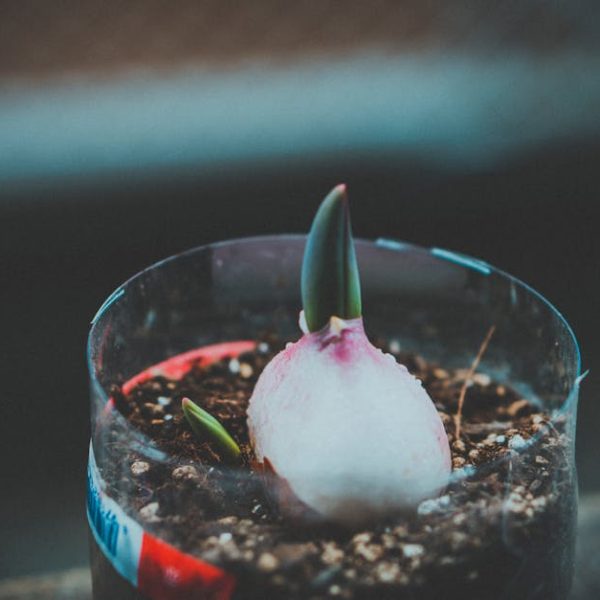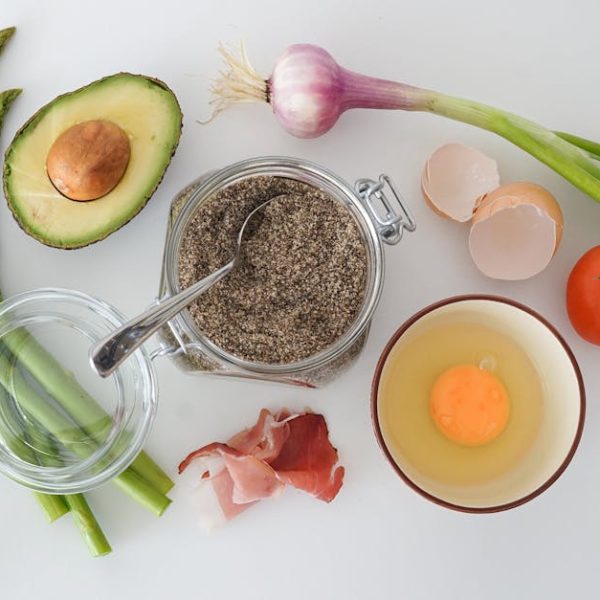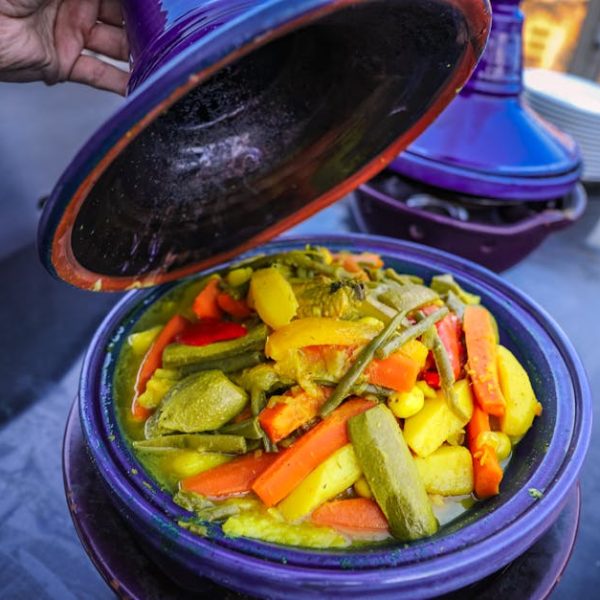Diverging at the intersection of similarity and difference, both Daikon and radishes make for vibrant additions to culinary exploits and diets across the world. But these root vegetables, sharing many common traits, are far from the same. Identifying the differentiating factors between Daikon and radishes not only enhances your culinary knowledge but also widens your options when it comes to diversifying your diet, and unbeknownst to some food enthusiasts, your gardening options too.
Understanding Daikon and Radishes: Definitions and Origins
Accustomed to salads, Daikon, or Raphanus sativus var. longipinnatus, doubles up as a plant species and a food item. Native to continental East Asia, this mild-flavored, large and cylindrical white winter radish thrives in many parts of the world. On the other hand, Radishes, denoted by Raphanus sativus, boast a multitude of varieties, shapes, colors, and sizes, thanks to their widespread global cultivation. From the intense scarlet orbs populating European salads to the visually striking multi-colored watermelon and black radishes, variety is surely on the radish menu.
With their vibrant hues and distinct shapes, both Daikon and Radishes provide a feast for the eyes as well as the taste buds. And to any would-be vegetable identifier out there, an image of each would lend a helping hand. Pro tip: images are a useful tool to visually distinguish between root vegetables and aid accurate recognition.
Nutritional Profiles: Comparing Daikon and Radishes
Aside from their distinctly differing appearances, Daikon and Radishes bring a unique set of health benefits to the table. Daikon, predominantly composed of water, is a powerhouse of beneficial properties, aiding digestion, reducing inflammation, and contributing to bone health with its calcium content. Similarly, radishes, whilst low in calories, pack in multiple essential nutrients. With generous amounts of vitamins A, C, E, B6, and K, radishes yield good cardiovascular health and stronger immunity. Moreover, they hold a reputation for mitigating certain kinds of cancer and aiding digestion.
Many may wonder how these two root vegetables stack up together, nutrition-wise, and to that end, a table breaking down the nutritional facts side by side is an excellent tool to facilitate comparative analysis between Daikon and Radishes.
Culinary Differences: Daikon vs. Radishes in Cooking
The diversity of Daikon and Radishes extends to techniques of culinary preparation. Daikon, often grated raw, stars in salad preparations, garnishes, and pickles across Asia, whilst its cooked form graces soups and stews. In contrast, the zesty bite of radishes lends eleboration to salads and slaws, and serves as a crunchy pickle component or a gratifying roasted side dish.
Recognizing and respecting the distinction in flavors of these two root vegetables is essential to achieving a harmonious and flavorful outcome in dishes. To engage in some edible experimentation, it’s worthwhile to explore a list of recipes showcasing the use of Daikon and Radishes. And never forget – understanding food means knowing how to store and prepare them. Engaging with best practices for storing, peeling, chopping, and cooking Daikon and Radishes will yield an enjoyable culinary experience.
Growing Conditions: Comparing How to Cultivate Daikon and Radishes
Much like their culinary uses and nutritional profiles, the growing conditions for Daikon and Radishes also vary. Both thrive in cooler conditions, making them perfect for fall or early spring cultivation. Daikon favors acidic soil and more space to grow, as it becomes a sizable vegetable. It’s also a bit more demanding in its need for consistent watering. Radishes are versatile and can tolerate a wider range of soil types, although they too prefer evenly moist soil.
Unfortunately, both Daikon and Radishes attract some similar pesky pests like flea beetles and root maggot flies. An understanding of common pest issues and implementing preventative measures can ensure you cultivate a healthy and fruitful garden.
For a successful harvest, keeping a checklist of the essential requirements such as sunlight exposure, soil type, watering needs is a great start. Making a comparison between the pros and cons of growing Daikon vs. Radishes can help you decide which vegetable might be best suited to your garden.
Frequently Asked Questions About Daikon and Radishes
Many common questions arise when discussing Daikon and Radishes, touching upon their similarities, differences, and uses in cooking. We’ve compiled and answered a few of the most frequent ones below for your convenience.
- Are Daikon and Radishes the same? Although Daikon is often referred to as a type of radish (it is sometimes named ‘Japanese radish’), it has distinctive characteristics that set it apart from other radish varieties. The major difference lies in their size, shape, color, taste, and method of use in cooking.
- Can you substitute Radishes for Daikon in a recipe? While you can substitute radishes for Daikon in a recipe, be aware that the taste and texture will vary. Radishes have a sharper and spicier flavor than the mild-flavored Daikon.
- How can I tell if my Daikon or Radish has gone bad? Like many root vegetables, Daikon and Radishes will become soft, slimy, or visibly moldy when they’re past their prime. An effective way to check is to lightly press the surface; if it feels soft or gives in easily, it’s time to throw it out.
Daikon and radishes, with their nuanced differences and shared attributes, offer us multiple advantages in health benefits, culinary uses, and agricultural pursuits. By understanding their unique characteristics, we not only enhance our culinary adventurism and gardening endeavors, but we also enrich our overall appreciation for the abundant diversity in the world of root vegetables.
Key Takeaway:
- Daikon and Radishes, while similar, have key differences in their physical appearances, nutritional profiles, culinary uses, and growing conditions.
- Daikon is a large, cylindrical white winter radish native to continental East Asia while Radishes boast a multitude of shapes, colors, and sizes due to their widespread global cultivation.
- Nutritional comparison reveals Daikon aids digestion, reduces inflammation, and contributes to bone health while radishes yield good cardiovascular health, stronger immunity and aid digestion.
- Daikon and Radishes bring varied culinary uses, with Daikon often grated raw in salads, pickles, soups and stews while Radishes serve as a crunchy addition to salads, slaws, pickles and roasted side dishes.
- Growing conditions also vary, with Daikon favoring acidic soil and consistent watering while radishes can tolerate a wider range of soil types but still prefer evenly moist soil.
Embracing the diversity between Daikon and Radishes opens up a world of culinary possibilities and gardening adventures. So, let’s celebrate these vibrant, nutritious, and versatile root vegetables and continue to explore and appreciate the rich diversity that nature offers us.
FAQs
Q: What are the health benefits of consuming Daikon?
A: Daikon is rich in calcium, thereby contributing to good bone health. It also aids in digestion and helps in reducing inflammation in the body.
Q: How does the taste of Daikon compare to that of Radishes?
A: Daikon has a comparatively milder flavor than Radishes, which have a sharper and spicier taste.
Q: Can Daikon and Radishes be grown in the same soil conditions?
A: While both do prefer cooler conditions for growth, Daikon prefers a more acidic soil whereas Radishes can tolerate a wider range of soil types.
Q: Are there common pests that affect both Daikon and Radishes?
A: Yes, both Daikon and Radishes are susceptible to pests like flea beetles and root maggot flies.
Q: Can Radishes be used as a substitute for Daikon in recipes?
A: Yes, Radishes can be used as a substitute for Daikon, but be prepared for the resulting taste and texture to vary as Radishes have a sharper and spicier flavor than Daikon.
If you found this information helpful, consider sharing this article and exploring more posts on our website.






